
Wujiatang Wetland Park in Kunming
Overview
Wujiatang Wetland Park (五甲塘湿地公园) is located in the Guandu District (官渡区) of Kunming City (昆明市), Yunnan Province (云南省), specifically within the Liu Jia Township (六甲乡) and Xiaobanquiao area. The park stretches from the Baoxiang River (宝象河) in the south to the Wujiatang River (五甲河) in the north, and it borders Dianchi Lake (滇池) to the west. Covering an area of approximately 1,300 acres, it is equivalent to the size of four Cuihu Parks (翠湖公园). This park is recognized as Kunming’s first wetland park, showcasing the beautiful scenery of Dianchi, which includes “Emerald Feathers and Red Clouds, Willows in Spring, and Lotus Flowers in Summer.”
- Geographic Location: Guandu District, Liu Jia Township, and Xiaobanquiao, Kunming City
- Area: 1,300 acres
- Construction Cost: 530 million yuan
- Opening Hours: Year-round, Monday to Sunday, 09:00-17:00
Park Introduction
Wujiatang Wetland Park is situated within Liu Jia Township and Xiaobanquiao, with significant geographical features surrounding it. The park is primarily composed of water surfaces, tidal flats, and marshes. The total investment for its construction was 530 million yuan, and the development is divided into two phases. Currently, the park’s visitor center, parking lot, public restrooms, viewing paths, and a 60-meter entrance road have been largely completed.
Site Selection
- The wetland area of Wujiatang is rich in biodiversity, serving as a crucial habitat for various plant and animal species, including birds, insects, and other wildlife, contributing significantly to the biodiversity along the Dianchi Lake.
- The park plays an essential role in flood control for the rivers entering Dianchi, such as the Baoxiang River and Wujiatang River. It aids in regulating water flow, storing water, replenishing groundwater, and maintaining the regional water balance, effectively functioning as a natural “sponge” for flood prevention.
- As urbanization accelerates, the economic development in Liu Jia, Guandu, and Xiaobanquiao has been rapid. Agricultural and industrial growth, along with other human activities, has led to the inflow of pesticides and industrial pollutants into the wetland. Through biological and chemical processes within the wetland, these toxic substances can be degraded, effectively reducing pollution from upstream rivers like Baoxiang River and Wujiatang River. This natural barrier plays a vital role in improving the ecological environment around Dianchi and maintaining ecological balance along the lakeshore.
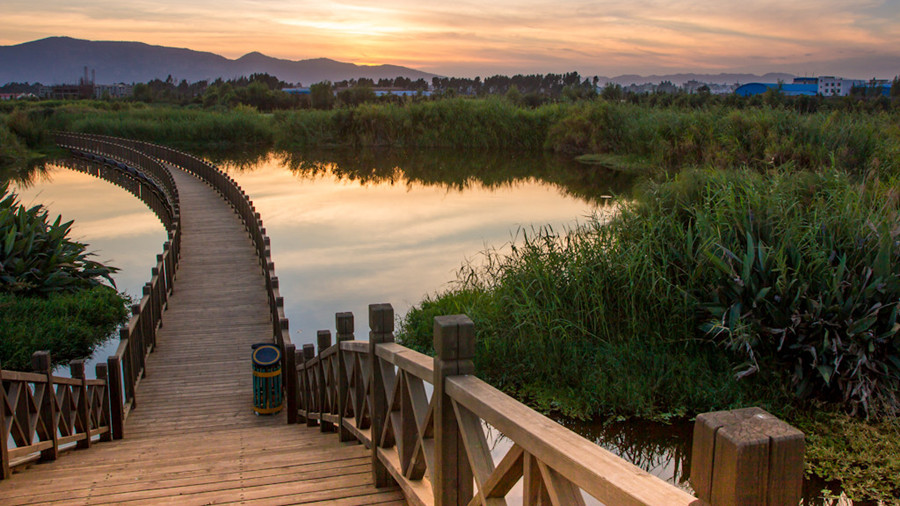
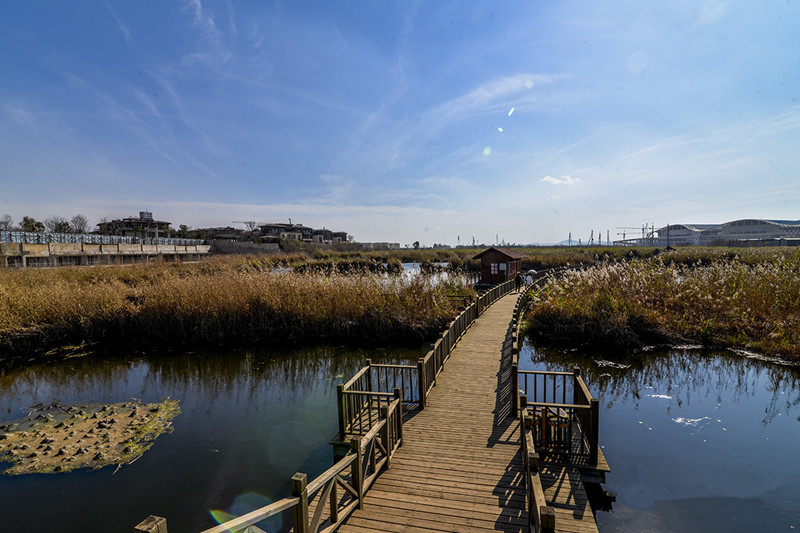
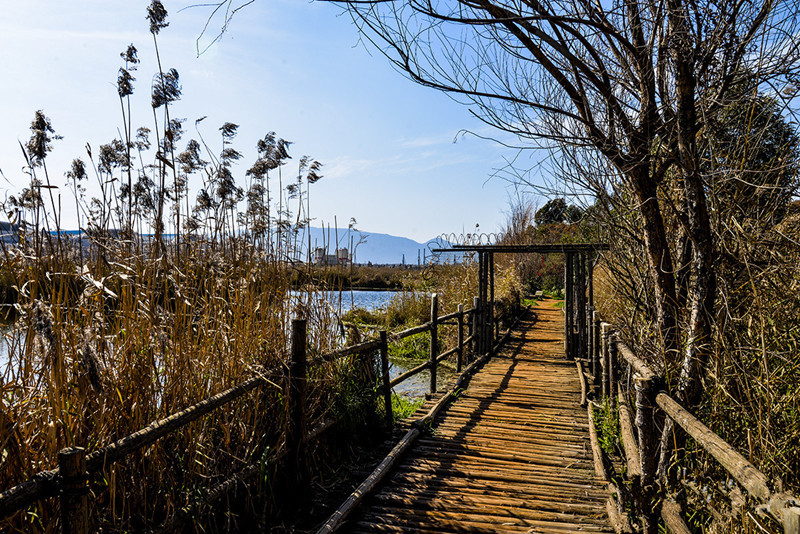
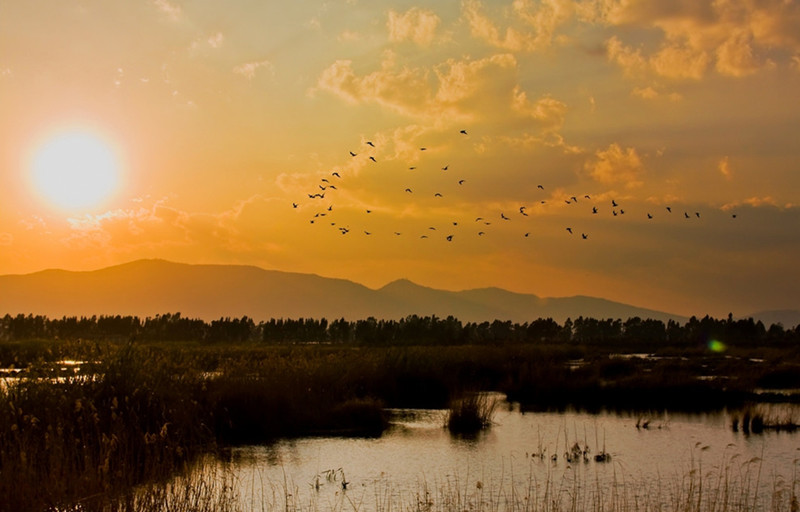

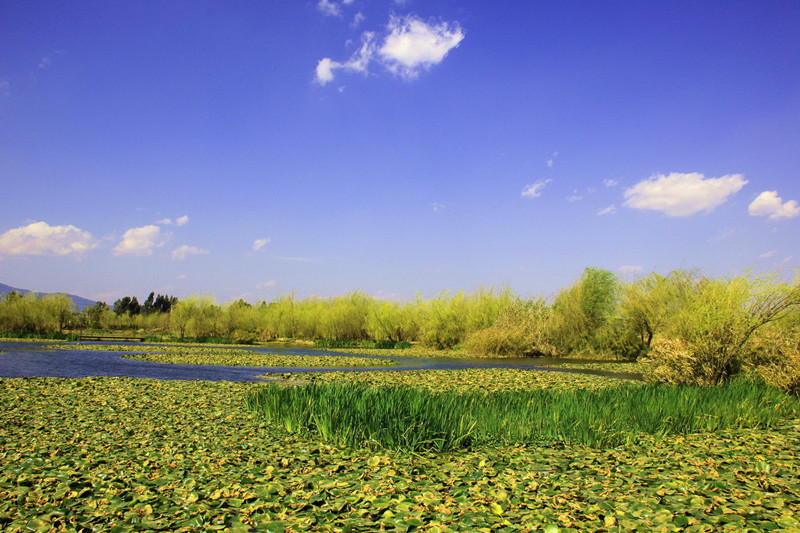
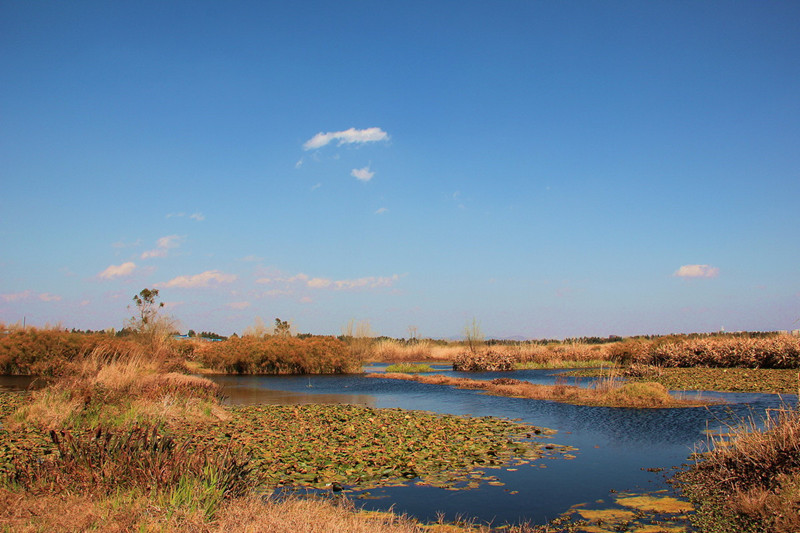
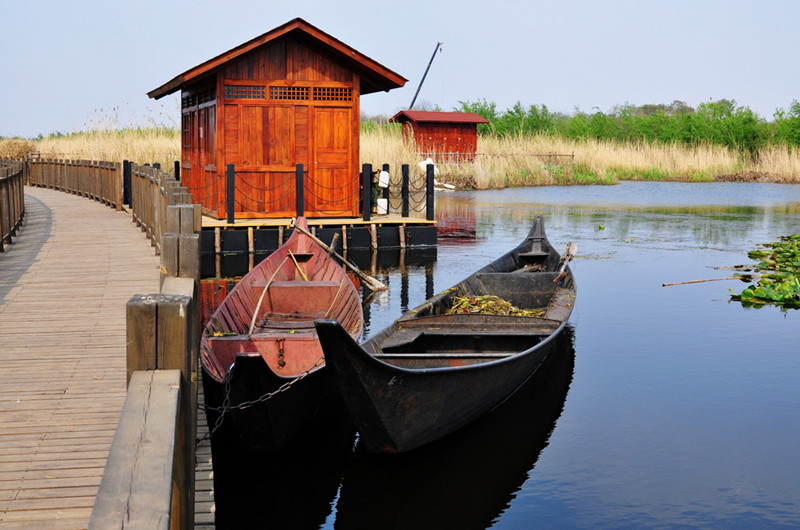

 7 Days GolfingTour
7 Days GolfingTour
 8 Days Group Tour
8 Days Group Tour
 8 Days Yunnan Tour
8 Days Yunnan Tour
 7 Days Shangri La Hiking
7 Days Shangri La Hiking
 11 Days Yunnan Tour
11 Days Yunnan Tour
 6 Days Yuanyang Terraces
6 Days Yuanyang Terraces
 11 Days Yunnan Tour
11 Days Yunnan Tour
 8 Days South Yunnan
8 Days South Yunnan
 7 Days Tea Tour
7 Days Tea Tour
 8 Days Muslim Tour
8 Days Muslim Tour
 12 Days Self-Driving
12 Days Self-Driving
 4 Days Haba Climbing
4 Days Haba Climbing
 Tiger Leaping Gorge
Tiger Leaping Gorge
 Stone Forest
Stone Forest
 Yunnan-Tibet
Yunnan-Tibet
 Hani Rice Terraces
Hani Rice Terraces
 Kunming
Kunming
 Lijiang
Lijiang
 Shangri-la
Shangri-la
 Dali
Dali
 XishuangBanna
XishuangBanna
 Honghe
Honghe
 Kunming
Kunming
 Lijiang
Lijiang
 Shangri-la
Shangri-la
 Yuanyang Rice Terraces
Yuanyang Rice Terraces
 Nujiang
Nujiang
 XishuangBanna
XishuangBanna
 Spring City Golf
Spring City Golf
 Snow Mountain Golf
Snow Mountain Golf
 Stone Mountain Golf
Stone Mountain Golf



















